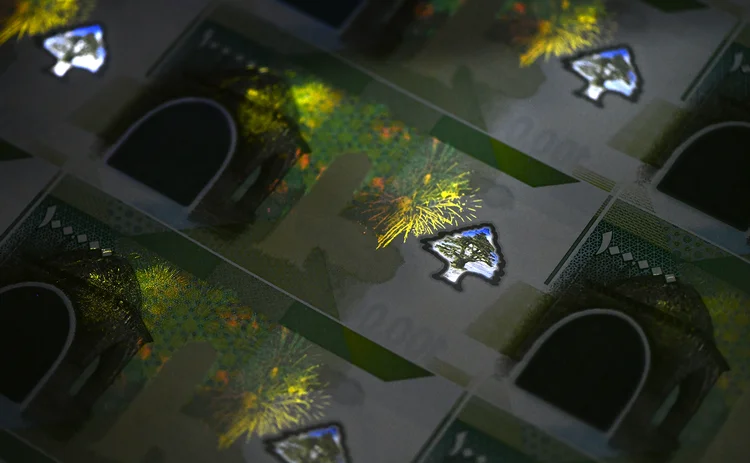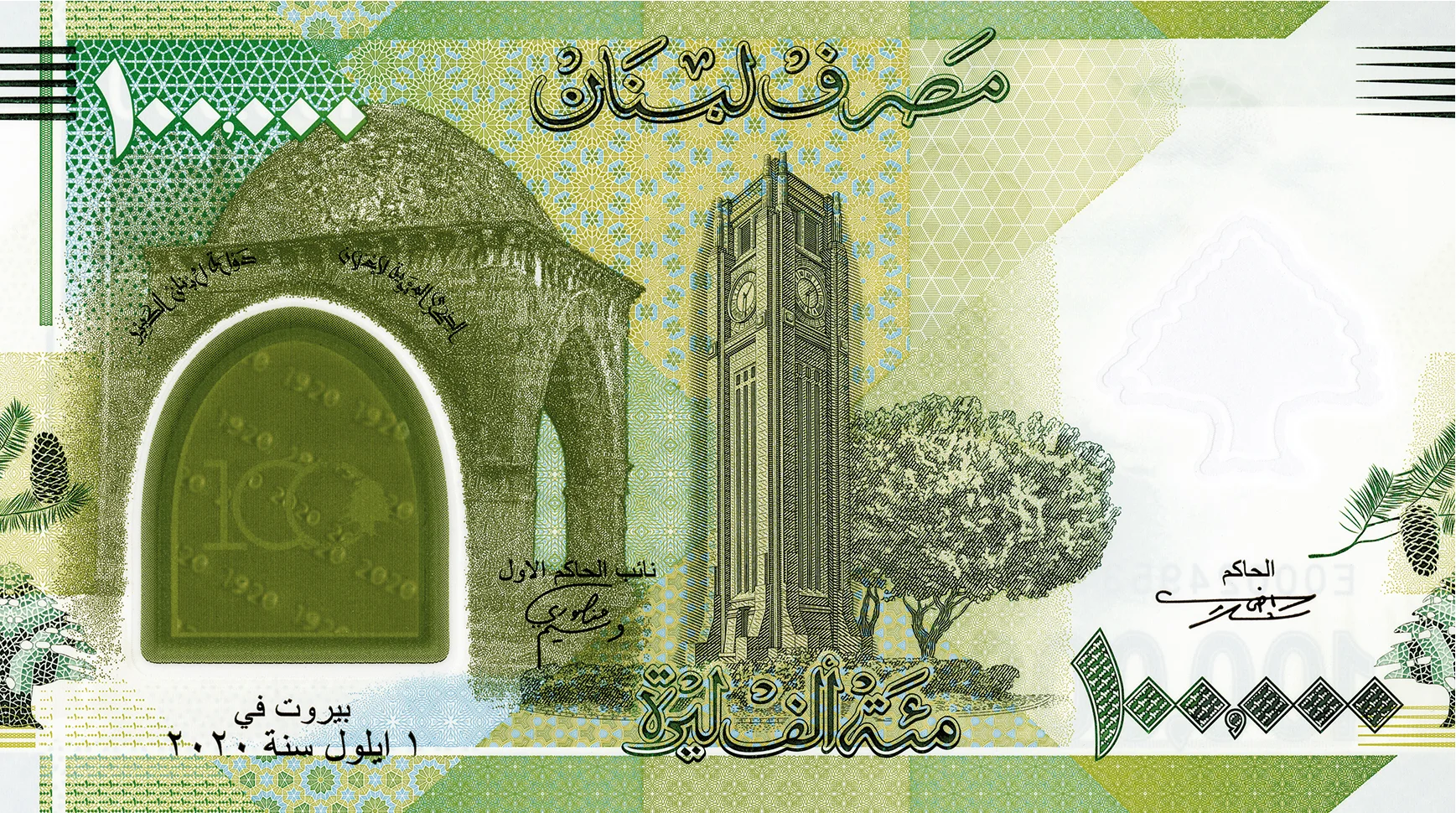
CCL Secure explores the security and anti-counterfeit benefits of polymer banknote technology. As this developing technology reveals its advantages over traditional paper-based banknotes, could we soon see a shift in the status quo in polymer’s favour?

Polymer banknotes have been around for more than three decades – the first polymer banknotes were issued in Australia in 1988. As the world’s leader in the field of producing, designing and advising central banks on the introduction of polymer banknotes, CCL Secure has seen a steady increase in the number of countries adopting the technology.
“Polymer is a relatively young technology and we’re still pushing the boundaries of what it can achieve,” says Tim Berridge, director of research and development, marketing and design, at CCL Secure.
Yet there are good reasons to believe polymer may now be at a tipping point, where considerations between polymer and paper increasingly favour the former.
Originally, polymer was introduced in response to a burgeoning counterfeiting problem faced by the Reserve Bank of Australia (RBA). In the 1960s, the RBA assembled a team of scientists to examine the problem and recommend a solution. Their recommendation – a move to polymer – saw a massive reduction in counterfeiting once the notes were introduced.
The same story has been repeated where paper is replaced by polymer. Advanced security features only available with polymer banknotes make life very difficult for counterfeiters. In the past year alone, CCL Secure has introduced features such as CinemaTM – in which three-dimensional (3D) images appear to actually move – and VividTM Colour, with a white image changing to full vibrant colour under ultraviolet (UV) light.
In fact, central banks that switch to polymer banknotes invariably see a dramatic decrease in counterfeit rates where counterfeiting has previously been a problem. In many cases, the rate falls to virtually zero.

An important part of the counterfeit resilience of CCL Secure’s GuardianTM polymer substrate comes from the fact that all materials used in its production are highly controlled.
The material used to create the substrate is ClarityTM C base film, produced by CCL Secure’s sister company – Innovia Films – exclusively for use in Guardian banknotes. The Guardian production process is highly sophisticated, involving an eight-storey production plant and ‘bubble’ technology. Consequently, security is hardwired into the production process itself, and the financial and technical barriers to counterfeiters are enormously high – even before security features are added when the notes themselves are produced. This exclusivity – both in the sourcing of the material and the production process – means criminals cannot source the material from any other production process such as packaging lines.
While security was the driving force behind the creation, development and increasing adoption of polymer, another important advantage to be gained by moving from cotton-paper substrates to polymer is the significant banknote procurement cost savings that can be achieved. These savings can exceed 50% of a central bank’s banknote procurement costs, which can run into hundreds of millions of US dollars.
According to its own estimates, for instance, the RBA has saved just under A$1 billion (in inflation-adjusted terms) since issuing its first polymer series of banknotes.
Banco Central de Costa Rica launched its first polymer banknote back in 2011 – the 1,000 Colón. when printed on paper, the 1,000 Colón, was costing the country more than US$54 million a year. By 2019, the average procurement cost of its polymer counterpart was less than $14 million – more than 70% in savings. As a result, Banco Central de Costa Rica has switched its entire banknote series to polymer.
Other factors that will have an impact on the paper/polymer debate include the increasingly important issue of climate change. Political pressures are growing to implement fundamental and rapid changes in everything from the adoption of electric vehicles to the use of smart technologies that enable greater use of renewable energy sources. The processes involved in the production of banknotes are not immune to intense scrutiny.
Multiple in-depth studies by central banks have consistently shown polymer to have significantly less impact on the environment than paper. A lifecycle assessment study by the Bank of Mexico, for example, concluded that polymer achieves a reduction in greenhouse gases of up to 48.8% compared with paper. This is due, in part, to the durability of polymer (typically four times but can be more than six times times longer than paper), which means notes have to be replaced far less frequently, and the fact polymer can be recycled while paper has to be consigned to incineration or landfill.
For the foreseeable future, it is inevitable that paper and polymer will co-exist as options for central banks worldwide. But the direction of travel is clear. Ultimately – and thanks to pressures to cut costs and reduce environmental impacts – polymer is the material that offers clear advantages to central banks and other issuing authorities. We are entering what may be termed the ‘polymer age’. Whether it happens this year or in the next few years, the polymer age is fast approaching.
For media enquiries, contact:
Michaela Glendinning
Marketing manager, CCL Secure
T: +44 (0)16973 69324
E: MGlendinning@cclsecure.com
Sponsored content
Copyright Infopro Digital Limited. All rights reserved.
As outlined in our terms and conditions, https://www.infopro-digital.com/terms-and-conditions/subscriptions/ (point 2.4), printing is limited to a single copy.
If you would like to purchase additional rights please email info@centralbanking.com
Copyright Infopro Digital Limited. All rights reserved.
You may share this content using our article tools. As outlined in our terms and conditions, https://www.infopro-digital.com/terms-and-conditions/subscriptions/ (clause 2.4), an Authorised User may only make one copy of the materials for their own personal use. You must also comply with the restrictions in clause 2.5.
If you would like to purchase additional rights please email info@centralbanking.com

